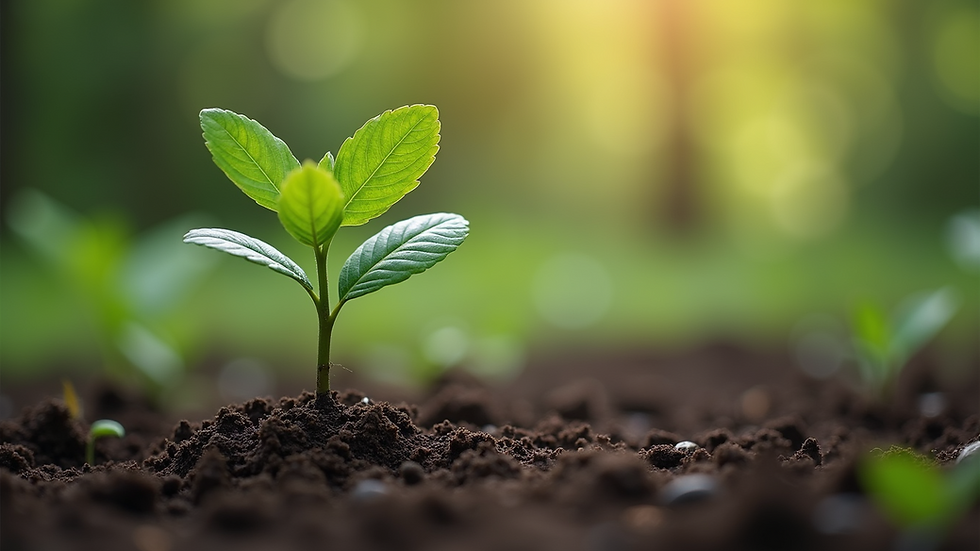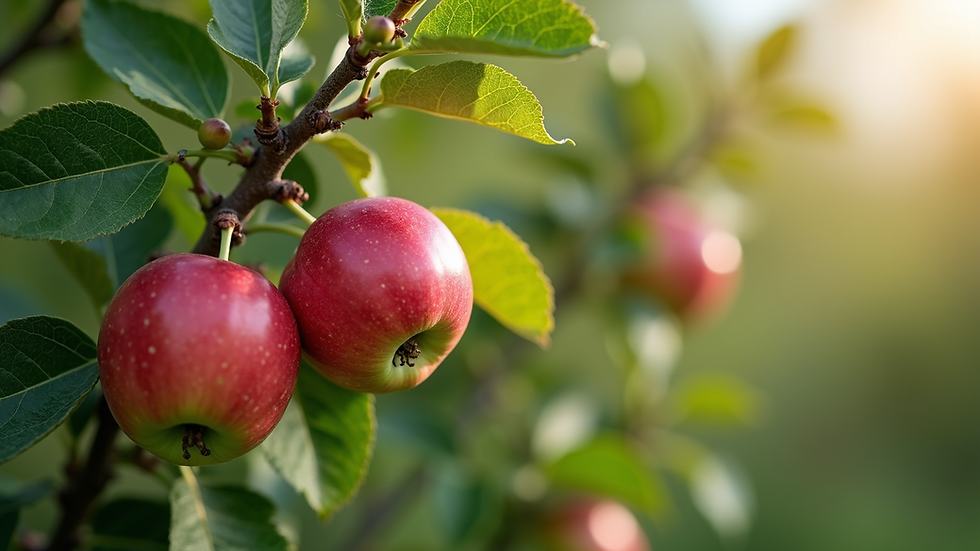The Importance of Trees: Educational Resources for Environmental Awareness
- Bob Brooks Jr
- Aug 14
- 5 min read
Trees are more than just beautiful parts of our landscape. They play a crucial role in our environment and our lives. From providing oxygen to supporting wildlife, trees are essential for a healthy planet. In this blog post, we will explore the importance of trees and share educational resources that can help raise awareness about their value.
Trees are often called the lungs of the Earth. They absorb carbon dioxide and release oxygen, which is vital for all living beings. In fact, a single mature tree can produce enough oxygen for two human beings each year. This process helps combat climate change by reducing greenhouse gases in the atmosphere.
Moreover, trees provide shade and cooling, which can lower energy costs in urban areas. They also help prevent soil erosion and improve water quality by filtering rainwater. This makes them essential for maintaining a healthy ecosystem.
In addition to their environmental benefits, trees also have social and economic value. They enhance the beauty of our neighborhoods, increase property values, and provide spaces for recreation and relaxation.
To fully appreciate the importance of trees, we need to educate ourselves and others. Here are some valuable resources that can help raise awareness about trees and their significance.
Educational Resources for Understanding Trees
Books
Books are a great way to learn about trees. Here are a few recommendations:
"The Hidden Life of Trees" by Peter Wohlleben: This book explores the complex relationships between trees and their environment. It reveals how trees communicate and support each other.
"Braiding Sweetgrass" by Robin Wall Kimmerer: This book combines indigenous wisdom with scientific knowledge. It emphasizes the importance of plants, including trees, in our lives.
"The Tree Book" by Peter Thomas: This is a practical guide for identifying different tree species. It includes illustrations and descriptions that make it easy to understand.
These books can inspire readers to appreciate trees and understand their role in our ecosystem.
Online Courses
Online courses are another excellent way to learn about trees. Many organizations offer free or low-cost courses that cover various aspects of tree biology, ecology, and conservation. Here are a few options:
Coursera: Offers courses on environmental science that include modules on trees and forests.
edX: Provides courses from universities that focus on ecology and the importance of trees in our environment.
FutureLearn: Features courses on sustainability and conservation, often highlighting the role of trees.
These courses can help deepen your understanding of trees and their significance in our world.
Documentaries and Videos
Visual media can be a powerful tool for education. Documentaries and videos can bring the importance of trees to life. Here are some recommendations:
"The Biggest Little Farm": This documentary follows a couple as they create a sustainable farm. It highlights the role of trees in biodiversity and ecosystem health.
"Before the Flood": This film features Leonardo DiCaprio and discusses climate change. It emphasizes the importance of trees in combating this global issue.
YouTube Channels: Channels like "National Geographic" and "BBC Earth" often feature videos about forests and trees. These can be engaging and informative.
Watching these documentaries can inspire viewers to take action for tree conservation.
Community Involvement
Getting involved in your community is a great way to promote tree awareness. Here are some ideas:
Tree Planting Events: Many organizations host tree planting days. Participating in these events can help you learn about different tree species and their benefits.
Local Workshops: Check for workshops on tree care and maintenance. These can provide hands-on experience and knowledge.
Nature Walks: Join guided nature walks in local parks. These walks often include information about the trees and plants in your area.
Engaging with your community can foster a deeper appreciation for trees and their importance.
School Programs
Schools play a vital role in educating young people about trees. Here are some ways schools can promote tree awareness:
Curriculum Integration: Teachers can incorporate lessons about trees into science and geography classes. This can include topics like photosynthesis, ecosystems, and conservation.
Field Trips: Organizing trips to local forests or botanical gardens can provide students with firsthand experience of trees and their environments.
Tree Adoption Programs: Schools can adopt trees in their local area. Students can learn about caring for trees and the benefits they provide.
These programs can help instill a love for nature in young people and encourage them to become environmental stewards.
The Role of Technology
Technology can also play a significant role in promoting tree awareness. Here are some examples:
Apps for Tree Identification: There are several apps available that help users identify tree species. Apps like "Leafsnap" and "PlantSnap" can make learning about trees fun and interactive.
Social Media Campaigns: Many organizations use social media to raise awareness about trees. Following these accounts can provide valuable information and inspire action.
Virtual Reality Experiences: Some organizations offer virtual reality experiences that allow users to explore forests and learn about trees in an immersive way.
Using technology can make learning about trees more accessible and engaging.
The Global Perspective
Trees are important not just locally, but globally. Here are some global initiatives focused on tree conservation:
The United Nations' Billion Tree Campaign: This initiative encourages individuals and organizations to plant trees worldwide. It aims to combat climate change and promote sustainable development.
The Arbor Day Foundation: This organization promotes tree planting and care. They provide resources and support for communities to plant trees.
Global Forest Watch: This platform uses satellite technology to monitor forests around the world. It provides data on deforestation and helps promote conservation efforts.
These global efforts highlight the importance of trees and encourage collective action for their preservation.
Personal Action Steps
Everyone can take steps to support tree conservation. Here are some simple actions you can take:
Plant a Tree: If you have space, consider planting a tree in your yard. Choose a native species that will thrive in your area.
Support Local Conservation Efforts: Donate to local organizations that focus on tree planting and conservation.
Educate Others: Share what you have learned about trees with friends and family. Encourage them to appreciate and care for trees.
Taking personal action can contribute to a healthier environment and a greater appreciation for trees.
The Future of Trees
As we look to the future, the importance of trees will only continue to grow. Climate change, urbanization, and deforestation pose significant threats to our forests. However, through education and awareness, we can work together to protect and preserve these vital resources.
By utilizing the educational resources mentioned above, we can foster a deeper understanding of trees and their role in our lives. Whether through books, online courses, or community involvement, there are many ways to engage with the topic of trees.

In conclusion, trees are essential for our planet's health and our well-being. They provide numerous benefits, from improving air quality to enhancing our quality of life. By raising awareness and educating ourselves and others, we can ensure that trees continue to thrive for generations to come. Let us all take action to protect these incredible resources and promote a greener, healthier world.


Comments